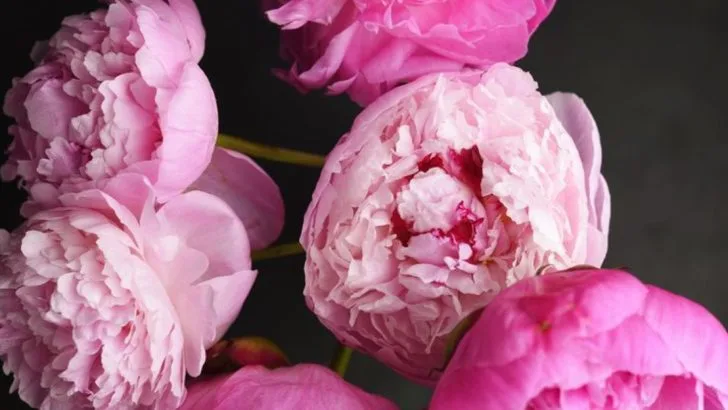May is a pivotal month for gardeners, especially when it comes to starting perennial seeds. While some plants are still perfect for sowing, others have already missed their ideal window — and knowing the difference can make or break your garden’s success.
In this article, we highlight 10 perennial seeds you can confidently start in May, along with 10 varieties that are already too late to plant. By choosing the right seeds now, you’ll set yourself up for a thriving, long-lasting garden full of blooms and greenery.
Stay one step ahead this season and learn exactly which perennials are ready for planting — and which ones to save for next year!
Echinacea (Coneflower)
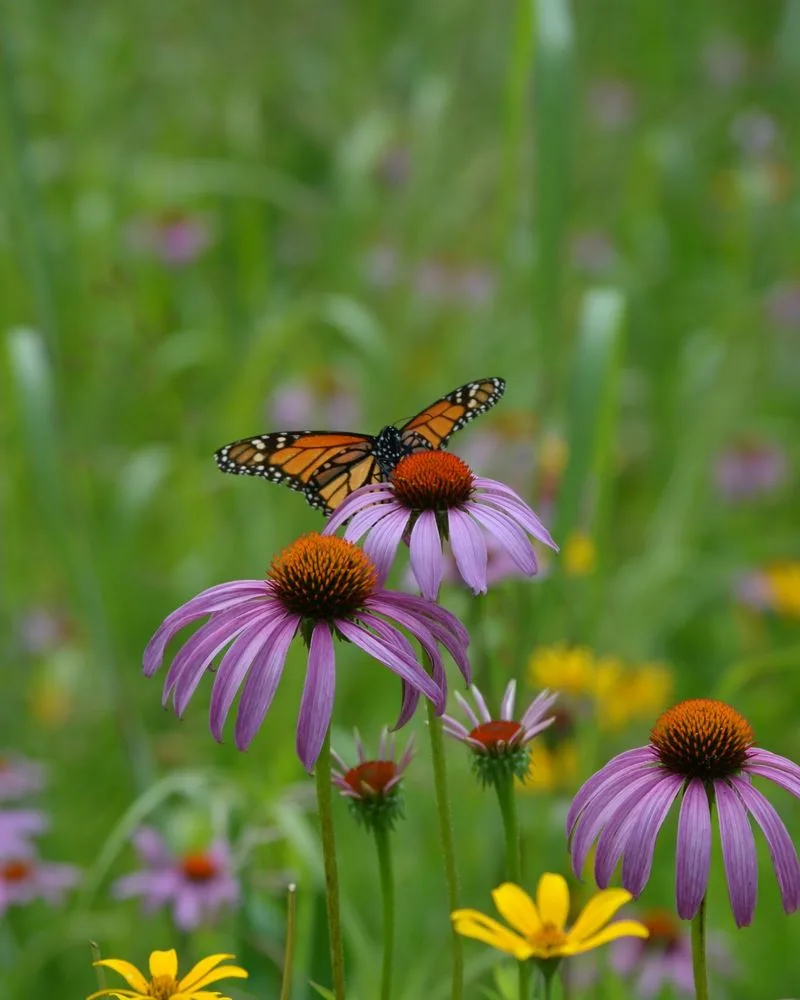
Echinacea, known for its vibrant blooms and medicinal properties, still welcomes planting in May. This resilient flower is not only a garden delight but also a beneficial pollinator attractor. Planting it now ensures summer blooms that continue into the fall, providing a long-lasting splash of color.
Known for its hardiness, Echinacea thrives in various climates and soil types. It doesn’t demand much maintenance, making it ideal for busy gardeners.
Add some compost and ensure well-drained soil to see these beauties flourish. A touch of patience will reward you with a display that bees and butterflies adore.
Lupine

Lupine seeds can be planted in May, bringing whimsical spires of color to your outdoor space. These flowers not only captivate with their beauty but also improve soil quality through nitrogen fixation.
To get the best results, soak lupine seeds overnight before planting. This breaks down the hard outer shell, encouraging faster germination.
Give them a spot with good sunlight, and you’ll be rewarded with vibrant hues in shades of purple, pink, and white. A unique addition to any garden, lupines create a fairy-tale feel that’s hard to resist.
Coreopsis
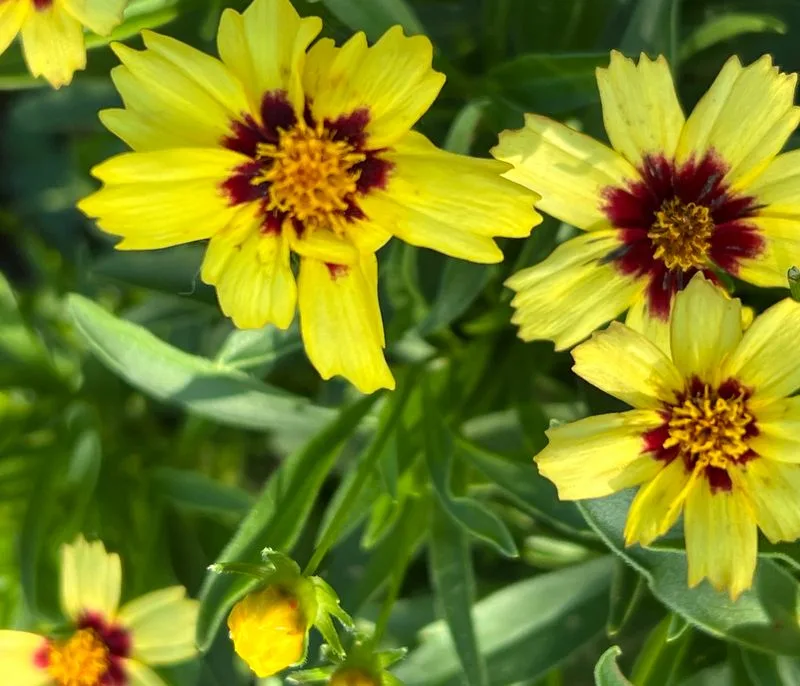
Coreopsis, with its sunny demeanor, is perfect for May planting. These cheerful blooms add a burst of yellow to gardens, thriving even in dry or poor soil conditions.
Once established, they’re drought-tolerant, making them a sustainable choice for eco-conscious gardeners. Plant them in a sunny spot, and watch them flourish with minimal care.
Butterflies are particularly drawn to coreopsis, so expect visits from these delicate creatures. Their extended blooming period means that your garden remains colorful throughout the summer months. A true garden star!
Black-eyed Susan
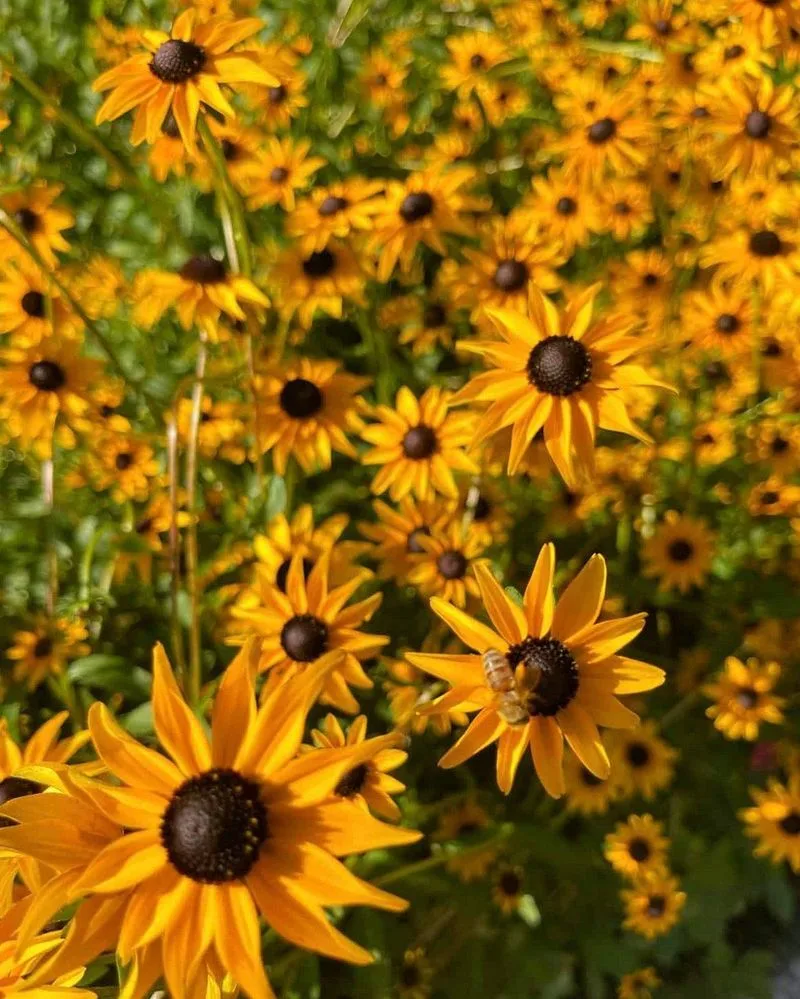
Black-eyed Susan seeds planted in May promise a delightful display by late summer. Known for their golden petals and dark centers, they effortlessly brighten any space.
These flowers are beloved by pollinators and are easy to grow, thriving in well-drained soil and full sun. They resist pests and diseases, offering a hassle-free gardening experience.
Their perennial nature ensures they return each year, providing lasting beauty. Just add a layer of mulch to retain moisture, and watch as these sunny flowers transform your garden into a cheerful retreat.
Hollyhock
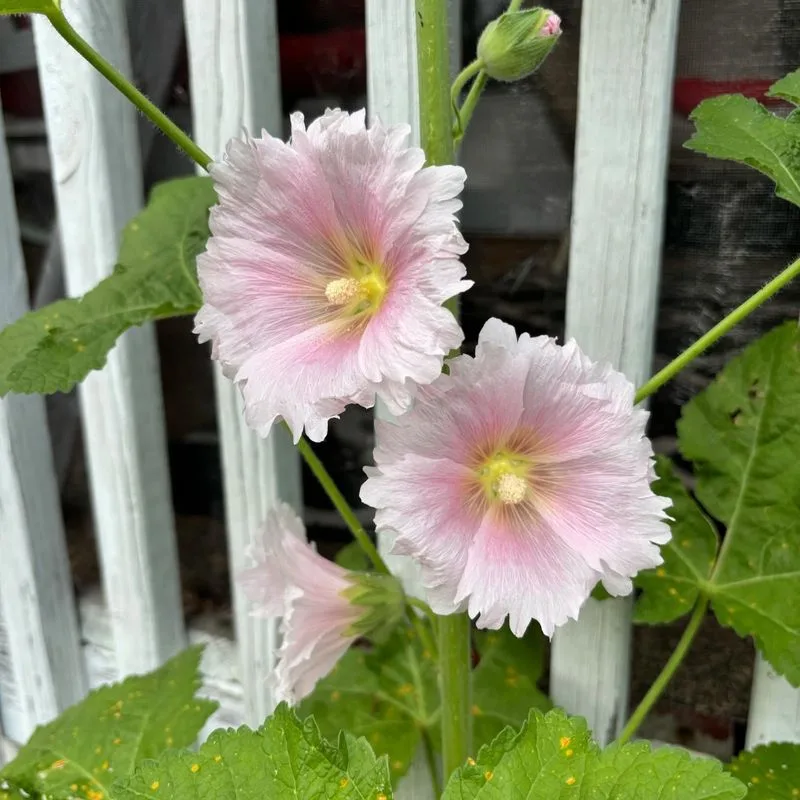
Hollyhocks, with their towering presence, bring old-world charm when planted in May. These majestic plants can grow up to eight feet tall, creating a dramatic backdrop in any garden.
To ensure successful growth, plant hollyhock seeds in a sunny location with rich, well-drained soil. They may require staking as they grow taller.
Their blooms, ranging from white to deep crimson, attract hummingbirds and bees. Hollyhocks add vertical interest and a cottage garden feel, perfect for those looking to create a nostalgic landscape that wows.
Delphinium
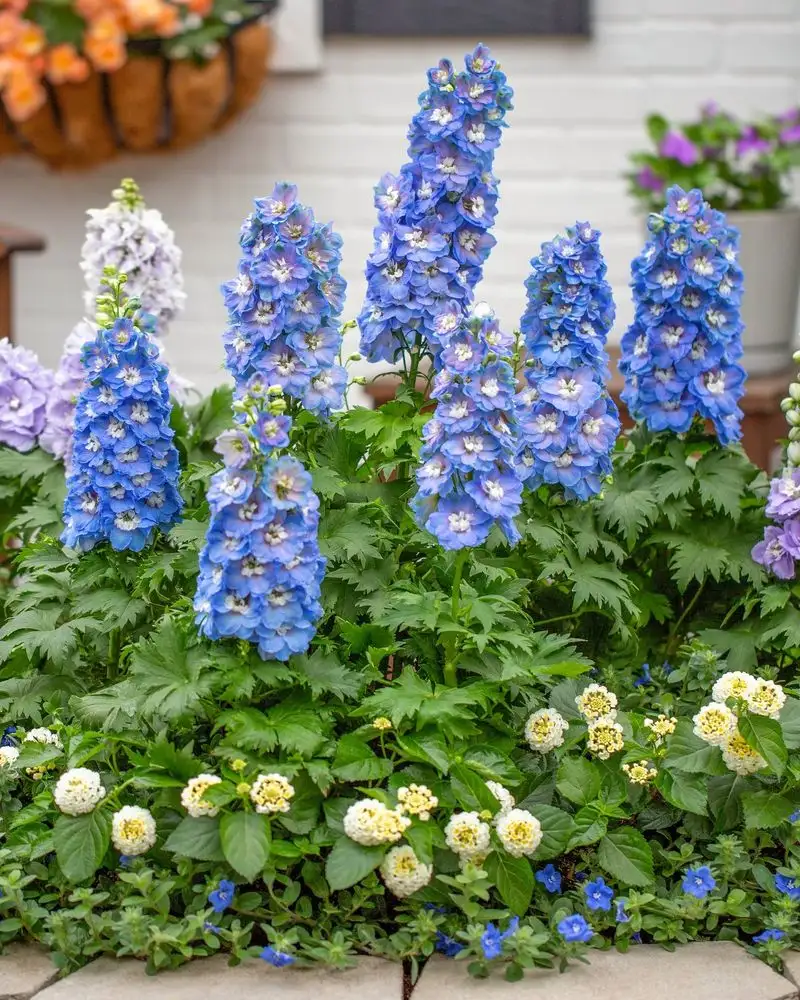
Delphiniums, with their striking spikes of blue, purple, and pink, are still suitable for sowing in May. These stately flowers add height and grandeur to borders, mesmerizing with their vivid colors.
For successful growth, provide them with rich soil and plenty of sunlight. They appreciate support as they grow to prevent bending or breaking.
Delphiniums are perfect for cutting gardens, offering long-lasting blooms that grace vases beautifully. Their elegant presence elevates any garden space, making them a favorite among flower enthusiasts.
Columbine
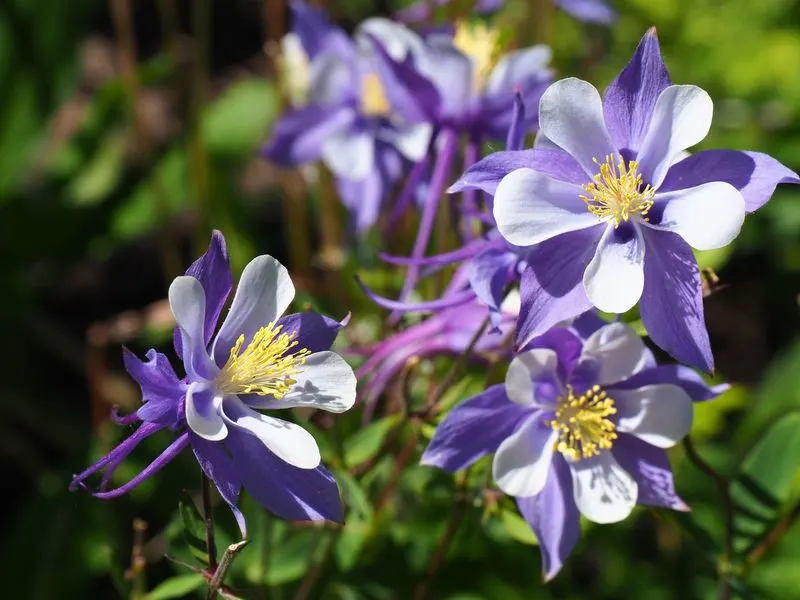
Columbines, with their intricate blooms, are an excellent choice for May planting. These flowers charm with their unique, spurred petals and vibrant colors, ranging from deep purple to soft pastel shades.
Ideal for shaded areas, columbines thrive in well-drained soil and appreciate a little morning sun. They reseed easily, often spreading to create a delightful meadow-like effect in gardens.
Columbines are also deer-resistant, making them a smart option for areas where wildlife is a concern. Their understated beauty and resilience make them a gardener’s dream.
Siberian Iris
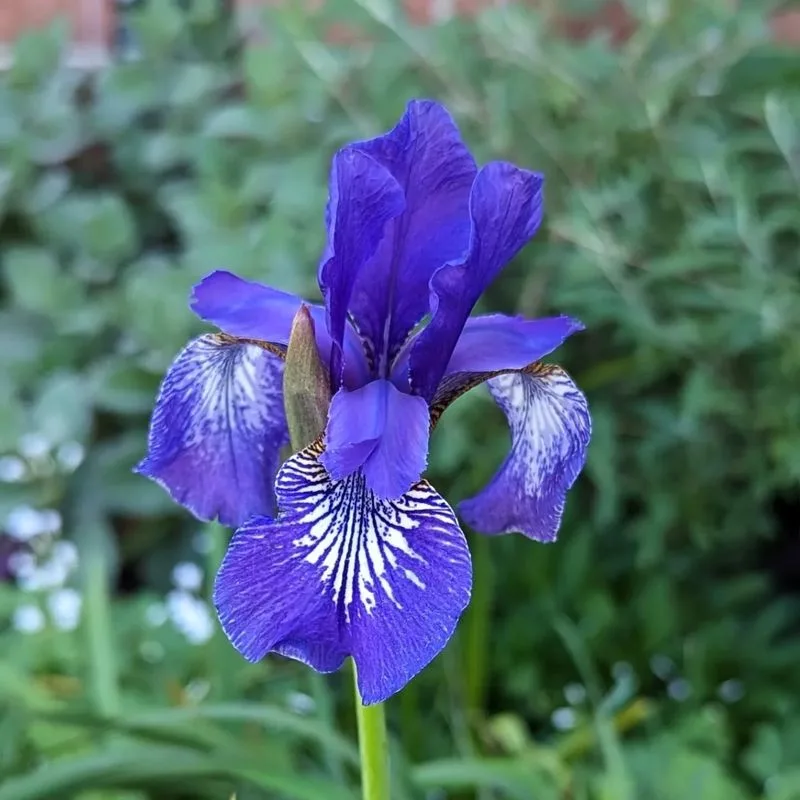
Siberian Iris seeds planted in May can lead to a spectacular display of delicate, orchid-like flowers. These irises add a touch of elegance with their slender petals and rich colors, ranging from deep purples to creamy whites.
They prefer moist, well-drained soil and are ideal for planting near water features. Siberian Irises are low-maintenance, requiring minimal care once established.
Their graceful form and vivid hues bring a sense of tranquility and sophistication to gardens. Perfect for those seeking a serene, water-friendly planting option that impresses year after year.
Salvia
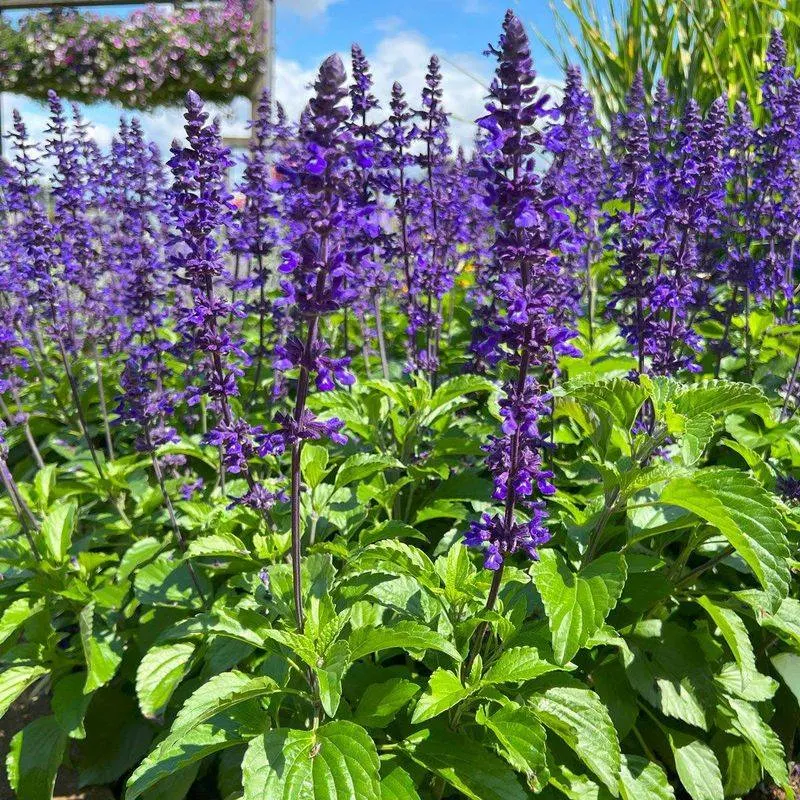
Salvia offers a striking display when planted in May, with long-lasting blooms and a tendency to attract butterflies and hummingbirds. These aromatic plants add both beauty and fragrance to gardens.
To thrive, plant salvia in sunny locations with well-drained soil. They’re drought-resistant once established, making them perfect for low-maintenance gardening.
Their deep purple and blue spikes provide vertical interest and contrast well with other flowers. Salvias are beloved for their easy care and ability to endure summer heat, ensuring gardens remain vibrant and inviting.
Shasta Daisy
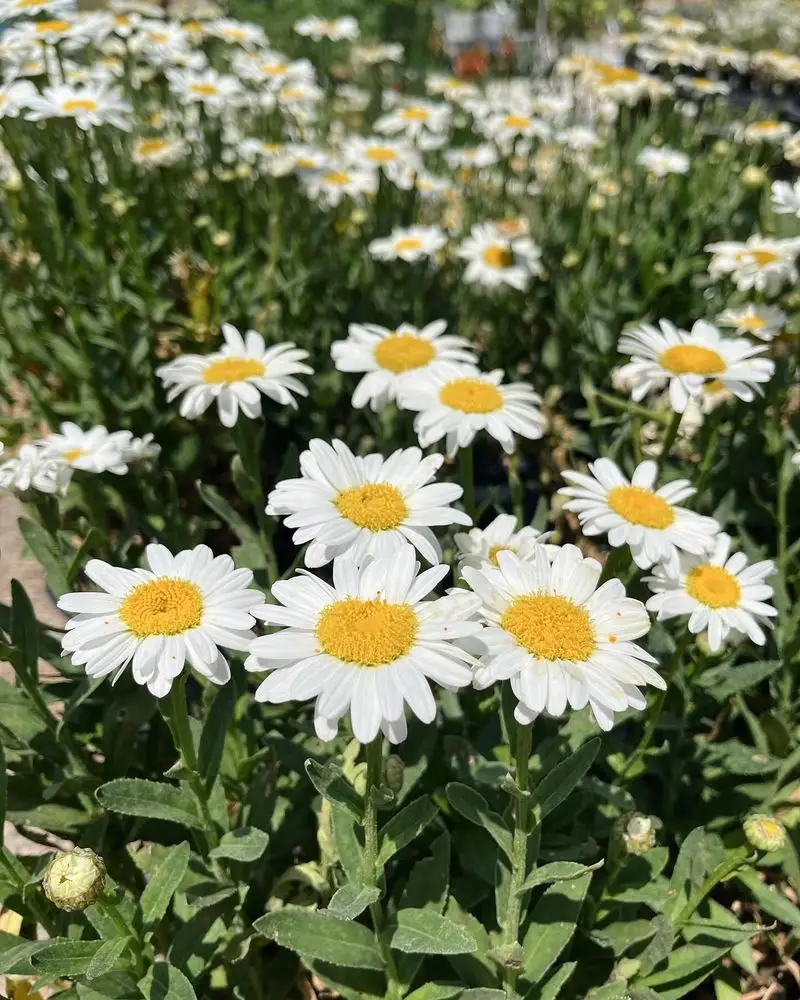
Shasta daisies, with their classic daisy appearance, remain a great choice for May planting. Their bright white petals and sunny yellow centers add a refreshing simplicity to gardens.
These daisies prefer full sun and well-drained soil, rewarding gardeners with blooms from early summer through fall.
Aside from their visual appeal, they are low-maintenance and drought-tolerant, suitable for eco-conscious gardeners. Their cheerful demeanor and ability to attract pollinators make them a staple in perennial gardens, offering joy and ease to those who plant them.
Peony
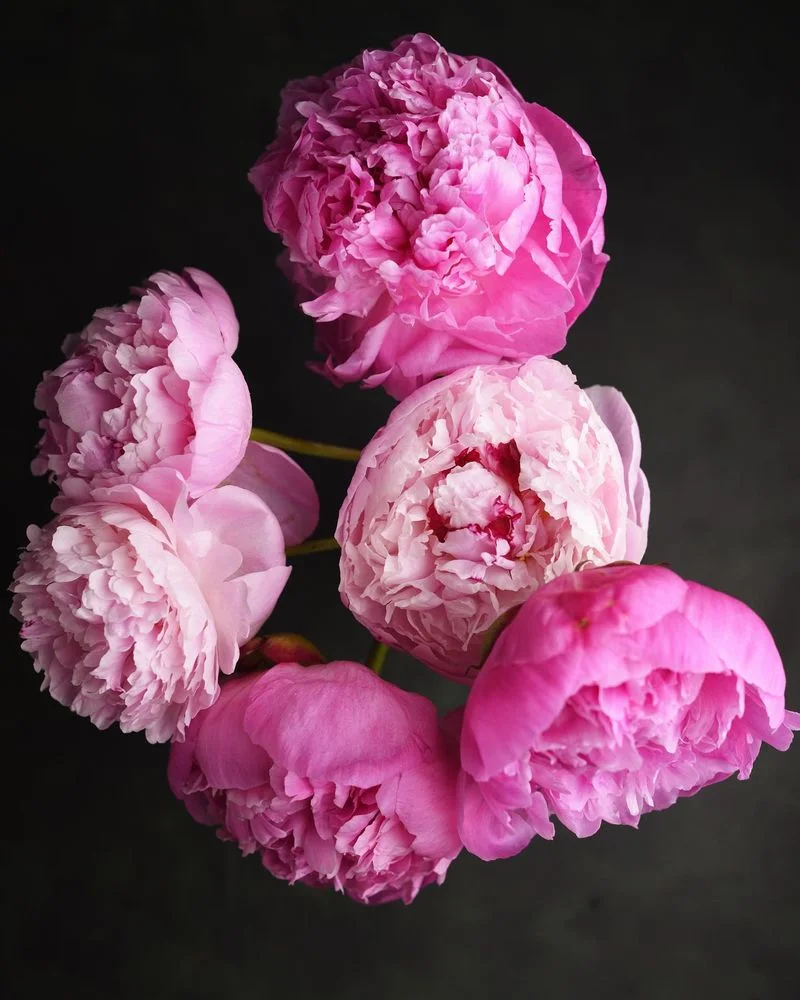
Peonies planted by May are a missed opportunity for fresh blooms this year. These iconic flowers, known for their fragrant and lush blossoms, demand an earlier start to truly flourish.
They prefer a sunny spot with rich, well-drained soil to establish strong roots. Patience is key, as peonies may take a few seasons to reach full blooming potential.
Once they do, their grand, ruffled flowers become the highlight of any garden. While it’s too late for planting this spring, planning ahead ensures peonies grace your garden with elegance and aroma.
Bleeding Heart
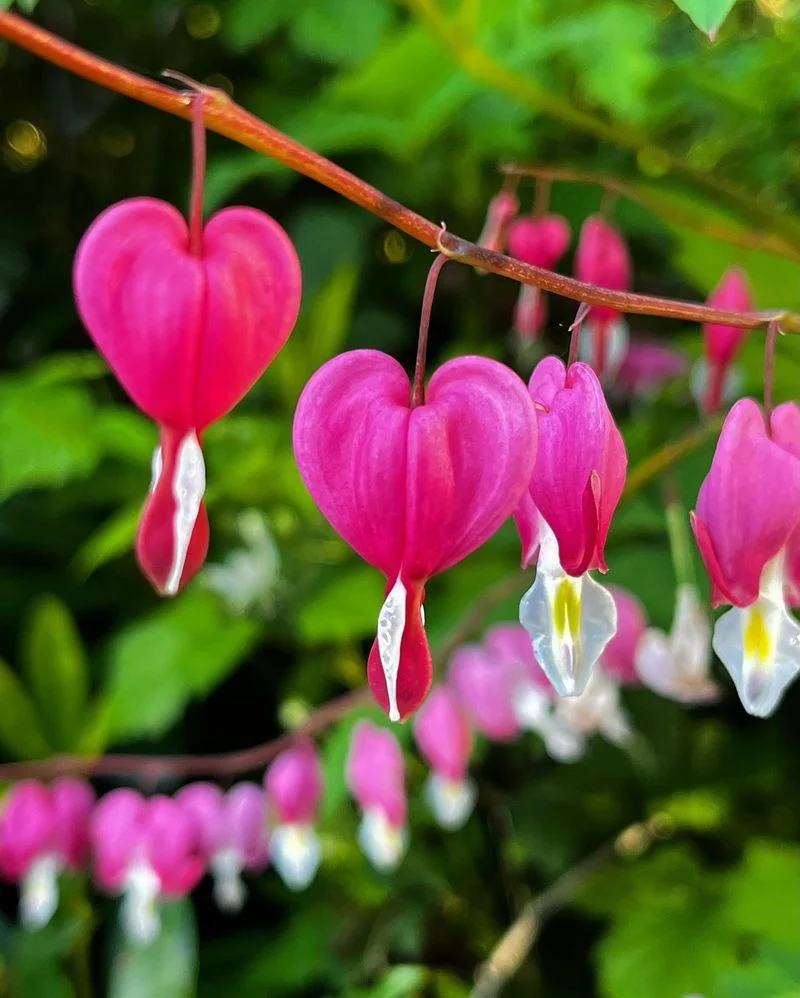
Bleeding hearts, with their distinctive heart-shaped flowers, should have been planted earlier in the season. Their enchanting appearance is a spring garden favorite, bringing a touch of romance and whimsy.
These plants thrive in shaded, woodland areas with moist, well-drained soil. Although May is too late to start seeds, established plants continue to enchant with their graceful arching stems.
For those planning ahead, bleeding hearts add a touch of nostalgia and charm, ensuring a captivating display when timed right in the planting schedule.
Oriental Poppy
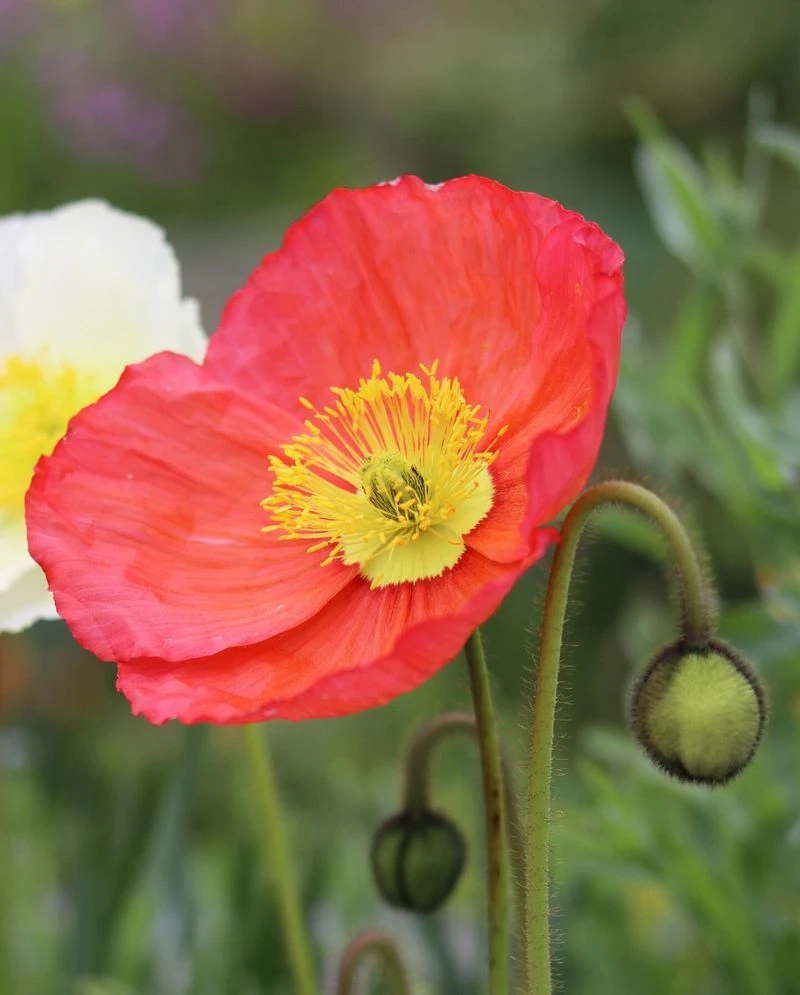
Oriental poppies, appreciated for their bold and fiery blooms, require planting much earlier than May. These perennials thrive when seeds are sown in early spring or even late fall.
Known for their resilience, they prefer sunny locations and well-drained soil. Although it’s too late for this season, preparing for next year ensures a garden filled with their dramatic color and distinctive crepe-paper texture.
Oriental poppies bring a vibrant, artistic flair to gardens. While waiting for the next planting opportunity, envision how these flowers will become the garden’s masterpiece.
Yarrow
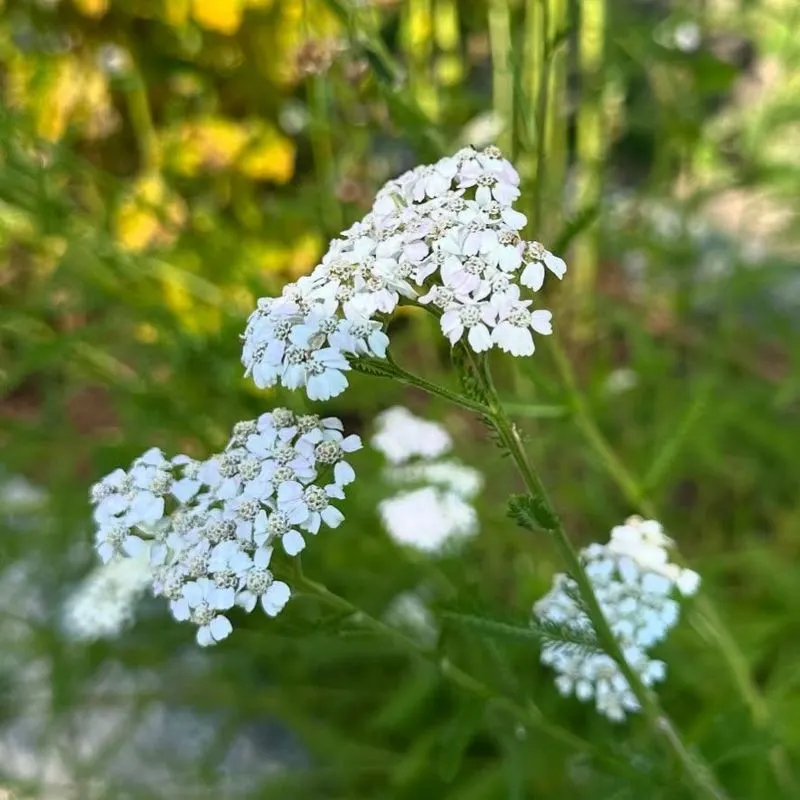
Yarrow, with its clusters of tiny flowers and feathery foliage, should have been sown before May. This perennial is known for its hardiness and ability to attract beneficial insects.
While it’s too late to plant seeds for this year, yarrow is a worthy candidate for planning ahead. It thrives in sunny spots with well-drained soil, tolerating drought once established.
Its medicinal uses and ecological benefits add value to gardens. By starting seeds earlier next year, yarrow promises a tapestry of subtle beauty and ecological harmony.
Foxglove

Foxgloves, admired for their tall, bell-shaped blooms, are best planted before May. These striking flowers prefer early spring sowing to develop robust plants by summer.
They thrive in partial shade with moist, rich soil, creating a woodland garden feel. While this year’s window has passed, consider planning for next season to enjoy their towering beauty.
Foxgloves add vertical interest and attract pollinators. Though caution is advised due to their toxicity, they remain a gardener’s favorite for their dramatic and enchanting presence.
Lady’s Mantle
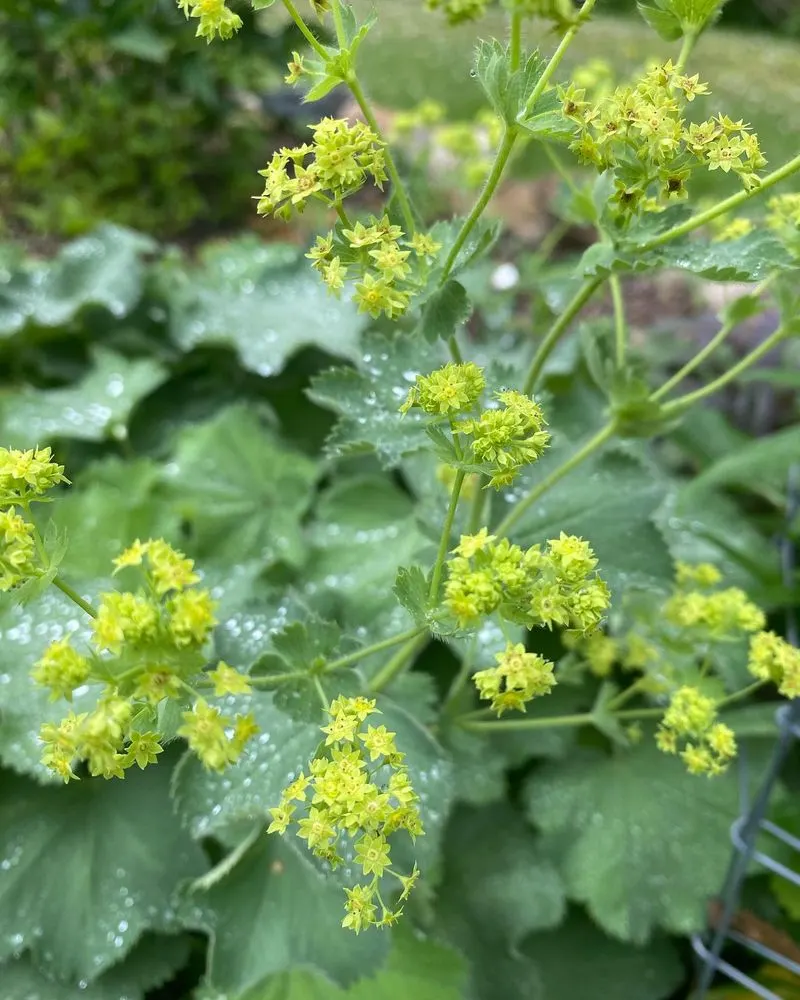
Lady’s mantle, with its soft, mounding foliage, should have been planted earlier in spring. Known for its dew-catching leaves and subtle blooms, it’s a gardener’s favorite for edging and ground cover.
This perennial prefers cool, moist conditions and partial shade. While May is too late for sowing seeds, it’s an excellent candidate for future planning.
Its understated presence and ability to blend seamlessly with other plants make it a versatile choice. Consider starting seeds earlier next year to enjoy this elegant plant’s calming influence on garden spaces.
Astilbe
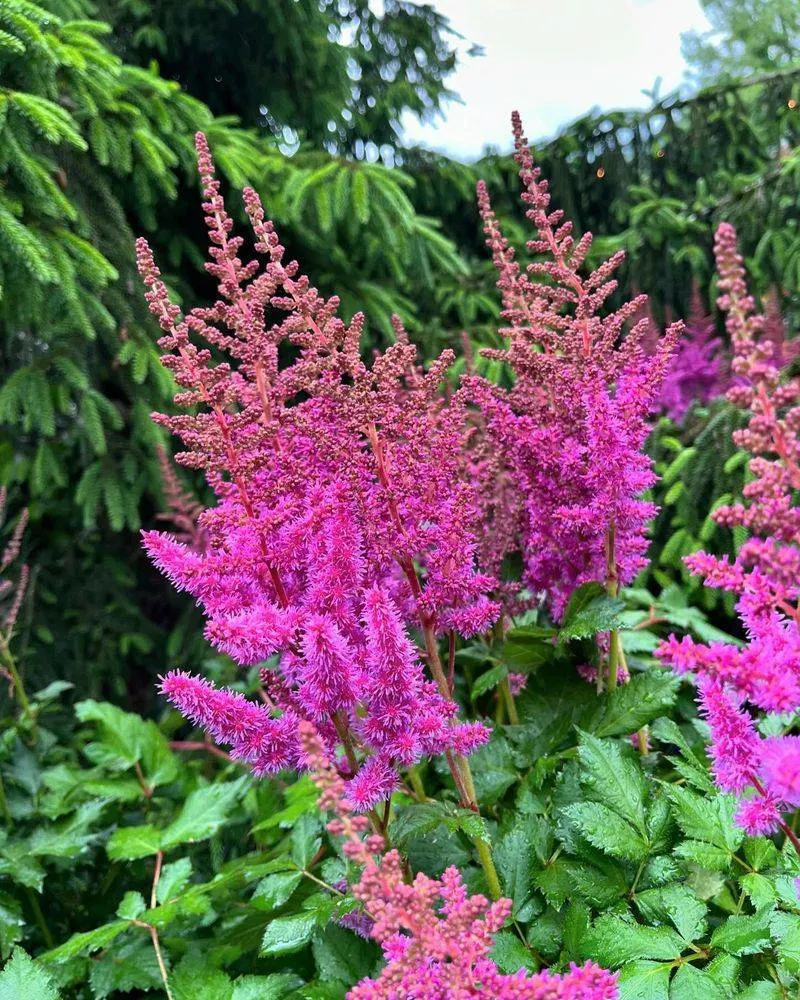
Astilbe, with its feathery plumes, should have been planted earlier in the season. This shade-loving perennial thrives in moist, rich soil and brings soft, colorful blooms to garden beds.
May is too late for starting seeds, but planning for next year can ensure a spectacular display. Astilbe pairs beautifully with other shade perennials, creating a lush, textured garden.
Its elegant flowers and fern-like foliage add depth and grace. By preparing in advance, gardeners can enjoy astilbe’s gentle charm and the serene elegance it brings to shaded areas.
Hellebore
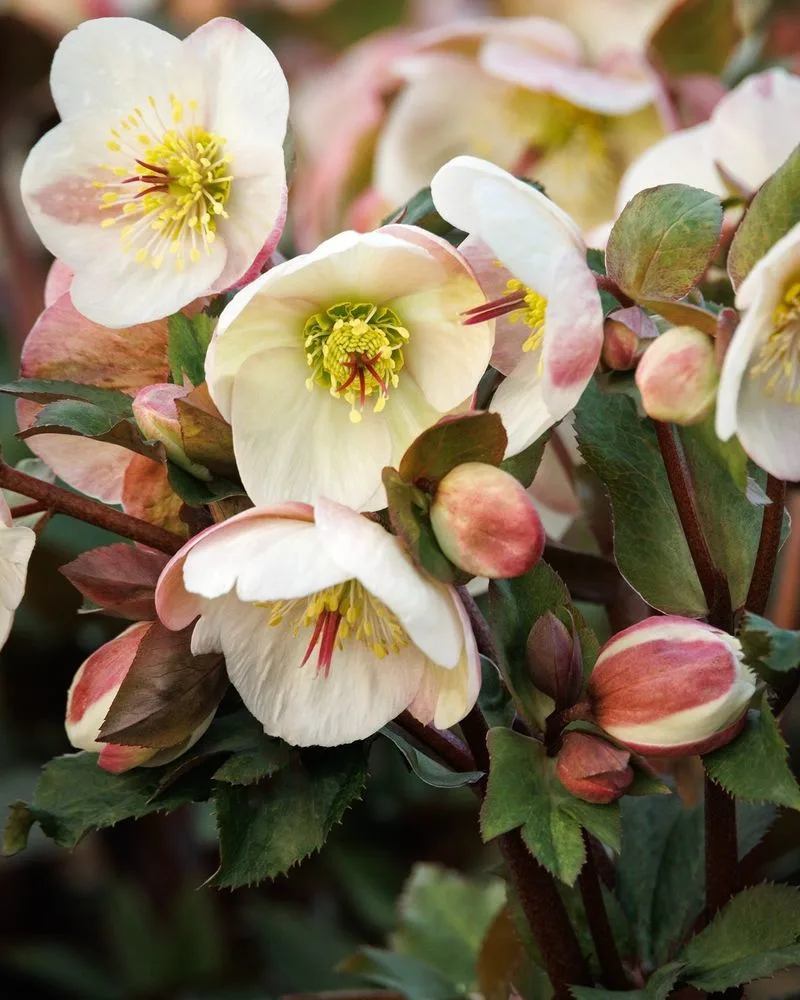
Hellebores, often called the “Christmas rose,” require an earlier start than May. These winter bloomers thrive in shaded areas, delighting with their nodding flowers and evergreen leaves.
While it’s too late for seeds this year, they are worth considering for the next planting season. Hellebores prefer rich, well-drained soil and are known for their longevity.
With careful planning, these flowers add winter interest and early spring blooms. Their timeless beauty and resilience make them a cherished addition to any garden, offering a hint of spring when least expected.
Monkshood
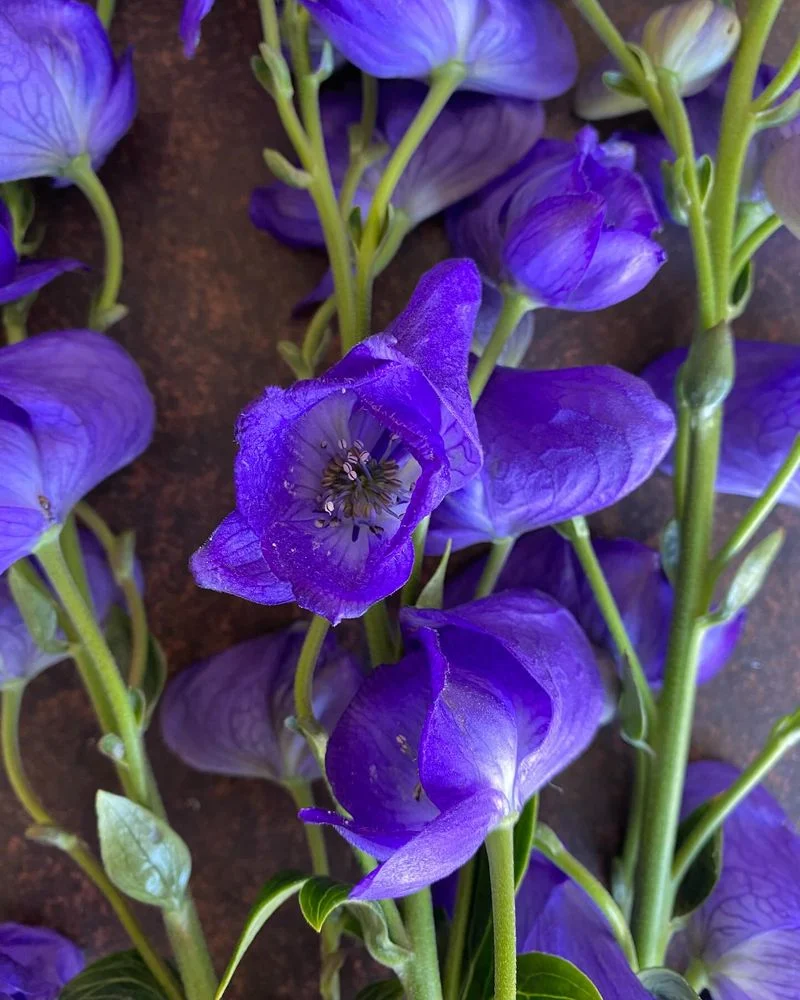
Monkshood, with its intriguing, hood-like blooms, should have been planted before May. These perennials favor cooler temperatures and require early spring sowing to thrive.
They excel in partially shaded areas with moist, well-drained soil. Although the planting window has closed for this year, planning ahead ensures a garden enriched with their unique beauty.
Monkshood’s striking blue flowers add a touch of mystery. Despite their allure, caution is necessary as all parts of the plant are toxic. Their captivating presence rewards mindful, well-planned cultivation.
Brunnera
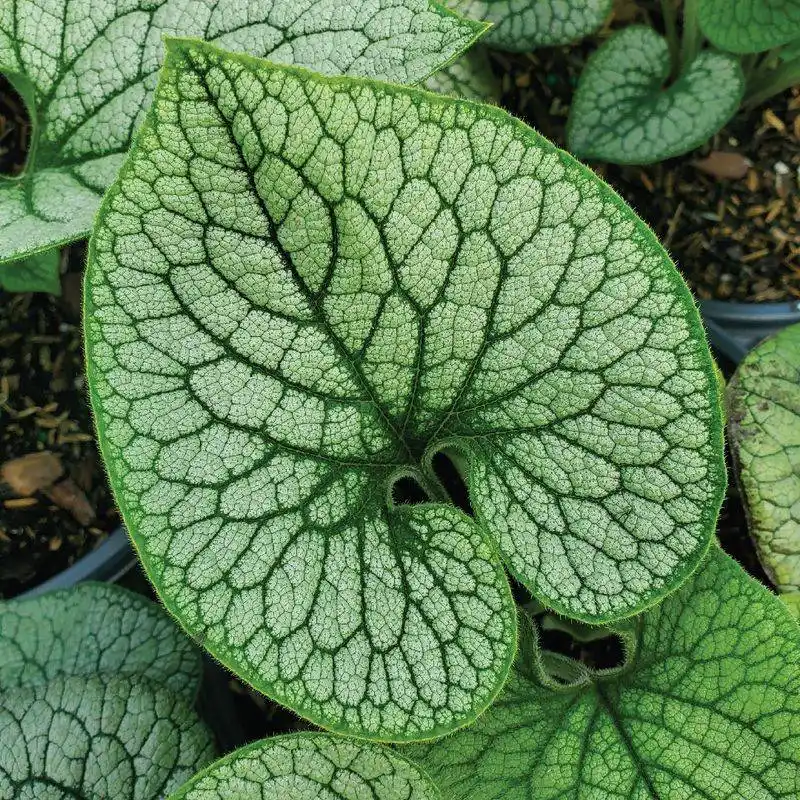
Brunnera, with its heart-shaped foliage and delicate blue flowers, should have been planted earlier this spring. These perennials thrive in shaded garden spots, preferring moist, well-drained soil.
Though May is too late to start seeds, brunnera is perfect for future planning. Its foliage remains attractive throughout the season, adding texture and color to shady areas.
By preparing for next year, brunnera ensures a charming woodland effect in gardens. Their small, forget-me-not like flowers provide an early burst of color, welcoming spring with a gentle touch.

